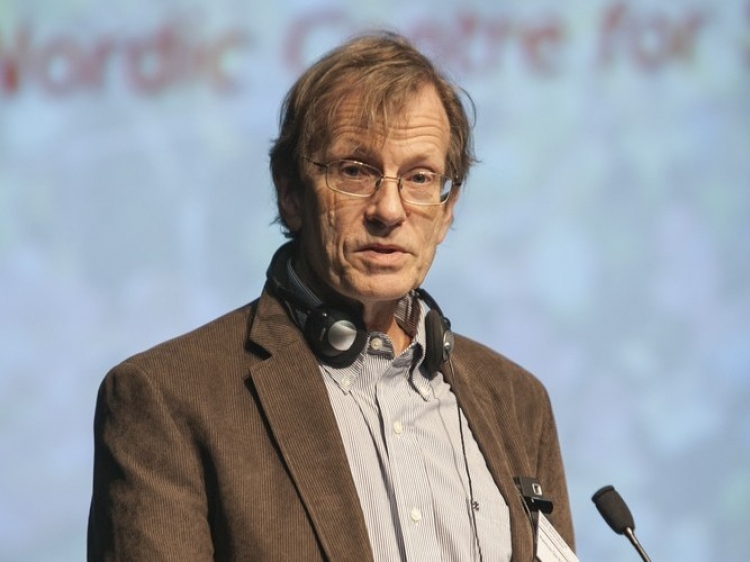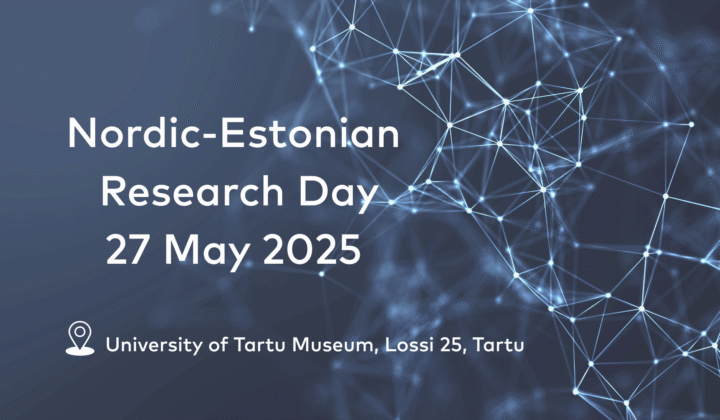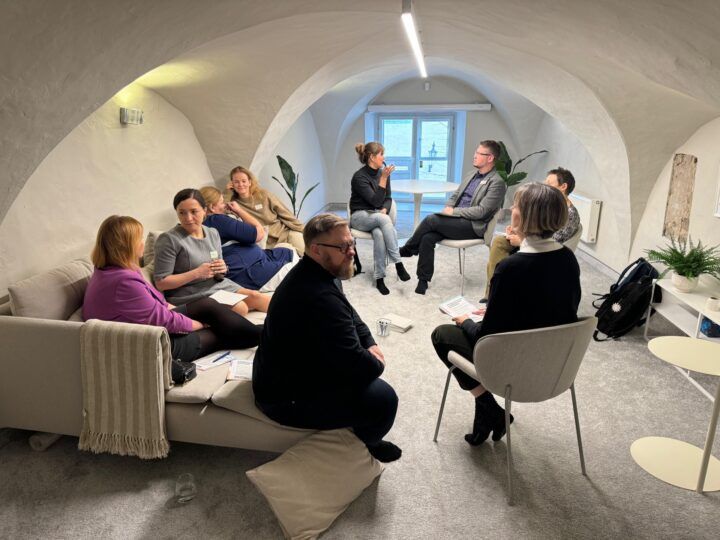Labour migrations conference 2015: Integration of the second and third generations of migrants

Rasmus Ole Rasmussen, Senior Research Fellow of Nordregio gave a presentation at the Nordic-Baltic Labour Migration Conference on March 27 in Tallinn. He was interviewed by Häli Ann Reintam, Master’s Student at the University of Tartu, Estonia.
You have said in your presentation that the second and third generations of migrants are the key element in the integration process. At the same time there have been several cases of different problems due to the insufficient integration of the second or third generation. How do you see it as a positive rather than negative aspect?
I think that the most important requirements for successful integration are similar ethics and higher educational level of the parents. Estonia is quite similar to Denmark in those points, which means that it is much easier to adjust to the requirements and also to get involved with local activities for both the first generation and their descendants. It also means that for immigrants coming from Africa or other more distant cultures, who bring their very different backgrounds, it is more troublesome to integrate. The integration problems might get bigger for the second generation, when their parents aren’t able to raise their children according to the local cultural and work ethic requirements.
The big difference is in girls, because when you see immigrants coming from Africa or Asia, they are much more adjustable comparing to boys. So the problem in the second or the third generation is boys and not girls. Because they are brought up with traditions. Of course it creates a crash, because they don’t know what to do with themselves, because they are in a country that doesn’t accept such special positions for boys. But also inside the EU there are regions where this special position for boys and men differs from the general situation and especially from the situation in the Nordic countries.
Have the state’s policies influenced the (more or less) even geographical distribution of immigrants in the Nordic countries?
Yes and no, because the maps I showed do not necessarily reveal the whole truth. By that, I mean that immigrants are more or less evenly distributed when it comes to the number, but not to their qualifications. For instance, if you look at the Arctic parts of the Nordic countries – it mostly large-scale industry, where the focus is not on academic skills. This will be the group of people, men again, who move to these areas, while especially women, as they are already inside the Nordic countries, are moving to urban centres, where high-level qualifications (in academic skills and learning) are the top priority.
So women and men do not migrate together, they come separately? So it’s not families migrating?
Well in the case of families you’ll see that women and men are able to adjust to the local labour market, which means that for instance men come to work in the transport sector, while women tend to work either in the social services or in activities requiring academic skills.
But it’s more or less the same situation as for the population in the Nordic countries because boys and men tend to have much lower levels of education. Men tend to be extremely dependent on what their fathers did (and what their grandfathers did). The situation for women is extremely different. As a consequence, I have just done a bit of research on individual households in Denmark, and you’ll find a large number of individual households with only women in the cities and men left in the remote areas of Denmark without any opportunity to get married and to establish a family.
And women tend to settle in the cities, get good jobs, good education and find out that they really don’t need to have a fixed relation to boring men with low levels of cultural interests.
It’s much easier to integrate people from northern Europe (from the Baltic countries, Poland and Germany) into the Nordic setting because there the attitudes towards work, the work ethics, the family structure and community involvement are more similar.
Find out more
- Labour migration conference 2015: challenges for migrant workers in Denmark
- Labour migration conference 2015: impact of the Swedish labour migration law of 2008
- Labour migration conference 2015: immigration as a challenge for the Nordic Welfare Model
- Presentations from the labour migration conference 2015
- Photos
- Nordic-Baltic labour migration and population development project


